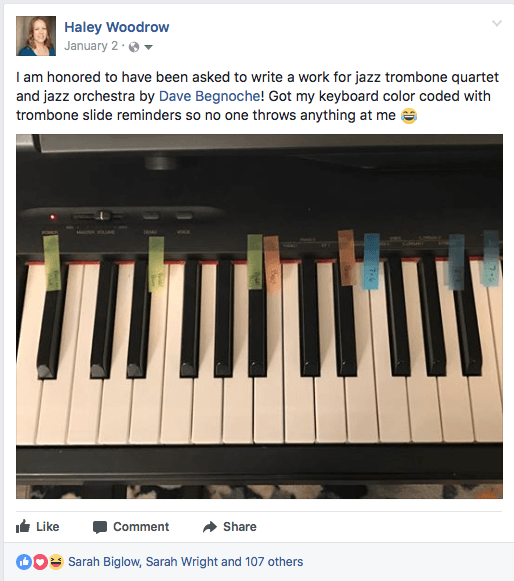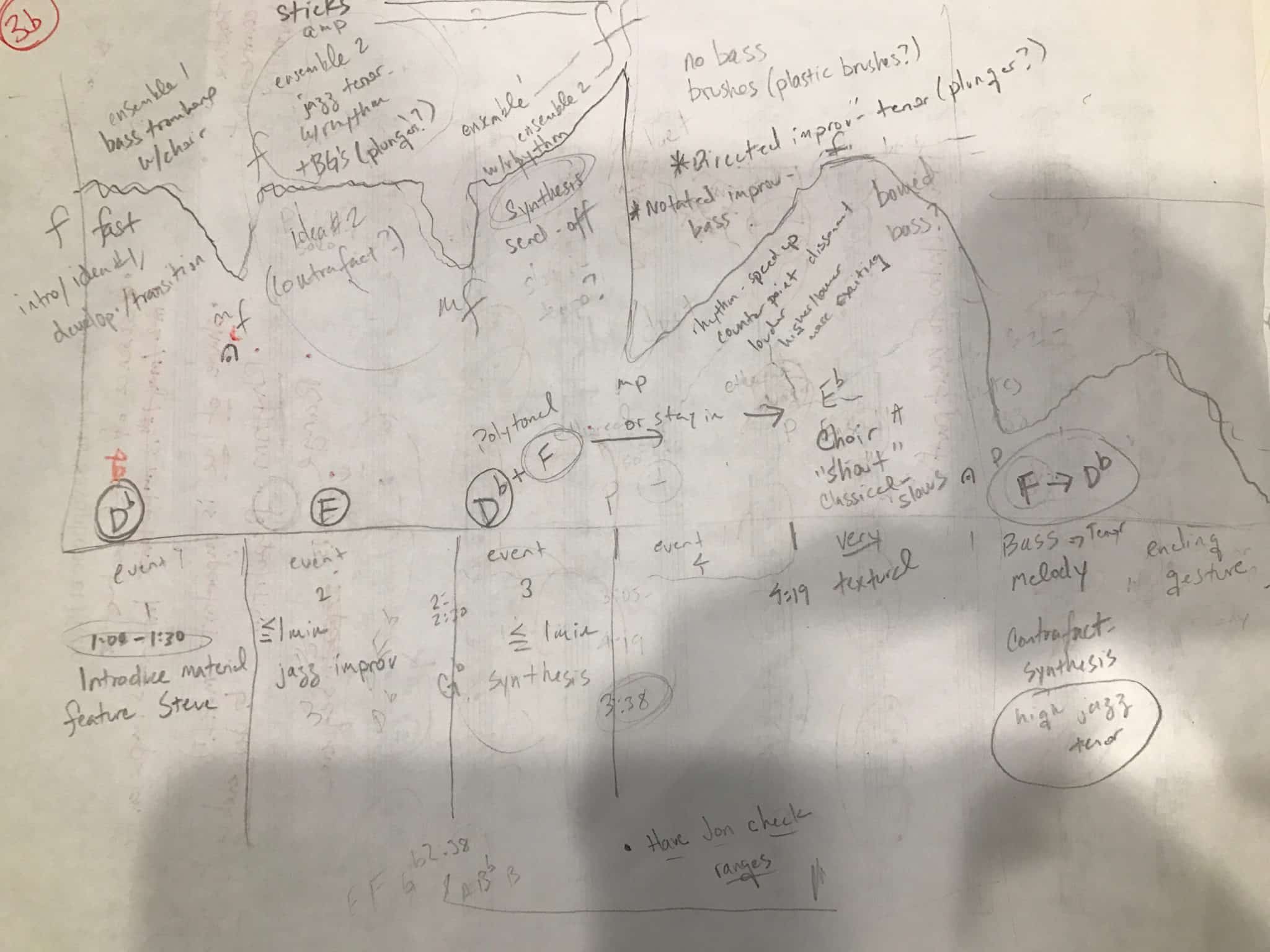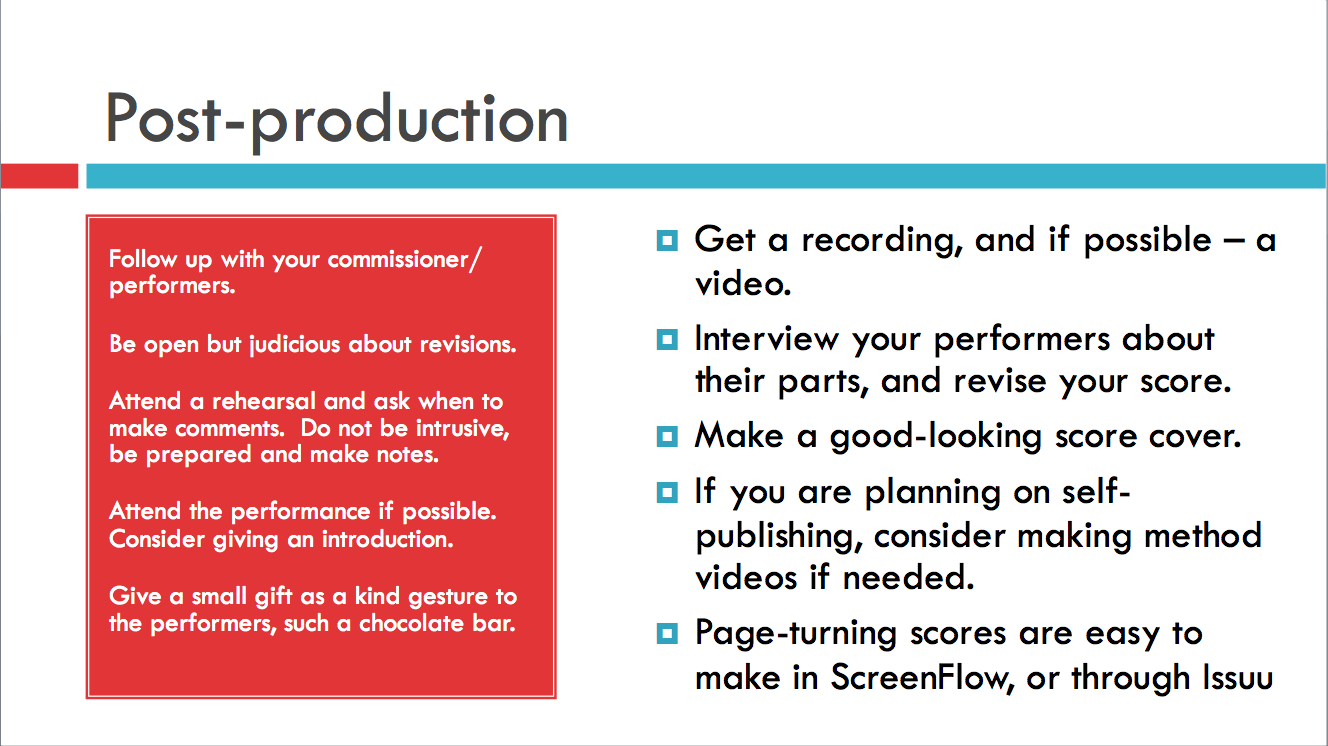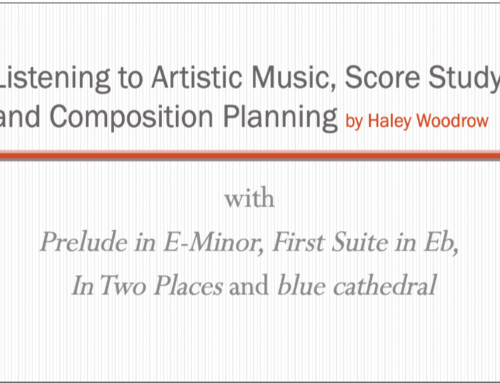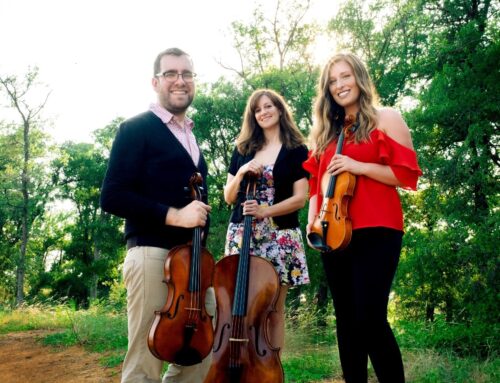The Should-Be Parallel Nature of Creative Process and Entrepreneurship
Creative • Updated March 29, 2021
One of the best conversations I have ever had on the topic of composing happened a little over a year ago during lunch with two of my former classmates, and the esteemed Professor of Composition from the Juilliard School, John Corigliano.
My alma mater, Texas Christian University, brought Mr. Corigliano in for their annual 2016 Festival of American Song, which included large ensemble performances of his music by the Orchestra and Wind Symphony at the Bass Hall. Being already graduated at the time, I felt especially fortunate to have the opportunity to hang out with one of the most successful composers in the world for a couple of hours (thank you, TCU!). My most burning question to him: why have you been so successful, and why have so many of your students also found success? (i.e, Eric Whitacre, John Mackey, Mason Bates, Steven Bryant, to a name a few!)
Creative Process
But before I jump into his answer, I should say that my creative process has been, well – a process! I’ve also found that finding success with community engagement and audiences is not quite as simple as just writing (or performing) good music. There’s a part of me that wants to sneak off to my corner of the world to create, and come out and interact only once everything is fairly set in stone. But, after a lot of trial and error, I have found much joy in being connected as I write! As a matter of fact, as a result of this particular Facebook post last fall:
My good friend and former teacher, George Chave, who is the Professor at Composition at my other alma mater – The University of Texas at Arlington, asked me to come and speak to his students about my creative process. Now, had I let my inner introvert call the shots with my social media interaction, I wouldn’t have made this post, Dr. Chave wouldn’t have given me a call, I wouldn’t have created the presentation, and I wouldn’t be writing a blog summarizing the main points of it to you right now. With that in mind, here are a few of my habits, and how I think about the parallel nature of creating and connecting to the world as I go!
Working with a Commissioner, Ensemble or Artist
I think most of the time, the best place to start a conversation on Creative Process is actually not with the writing, but with the initial conversation that takes place with the performing ensemble. The most important thing I have found is to LISTEN, and use good communication skills. I usually have a list questions for the perfomer(s) such as:
The Answer
The next step for me is to determine, or at least begin the process of determining what the goals are for the piece. Though, you don’t have to take this one from me, my burning question that day when I ate lunch with one of the creative giants of our time was answered immediately and affirmatively. Mr. Corigliano said that he attributes his success (and his students’ success) to largely having decided what he was writing about before having written it.
There are numerous ways to approach this, but for me, I usually begin by writing in English what I am trying to do. I sometimes even write the first draft of my program notes! And what commences next is sometimes the longest part of the process – I listen to music and do intensive score study. I’ll certainly select scores for the instrumentation and ability level, but I’ll also pick scores to look at that have the same character of what I’m trying to accomplish, regardless of instrumentation or sometimes even genre. There is a gold mine of information found in scores, from composers who have found solutions to the problems I will inevitably face. After all, composing is kind of just a series of decisions! So, it helps me to see how others have accomplished their musical visions, and I find that the investment of study time becomes a safe haven for me to come back to as I begin the arduous and exciting task of creating something from nothing.
Engaging on Social Media
As you go along in the beginning stages, take the time to tell your social media communities about what you’re doing. Use every chance you can to create discussion, promote others and their work (especially your commissioners) and post at high traffic hours. Here is an example of a technique I’m notorious for, as I write from the piano and benefit from visual reminders! (I owe my friend Dave Begnoche something special for all the music he’s commissioned from me in the past couple of years :)
Musical Graphs
After as much score study as I can devote, I typically move on to implementing Mr. Corigliano’s advice in some kind of written format. Sometimes this takes the form of graph, with the X axis being time and Y axis being energy. In other instances I’ll simply just write out a draft of the anticipated list of musical events and about how long (in seconds and in measures) I have for each event. I do typically keep in mind where the “golden mean” will occur, which entire books and philosophy classes are devoted to. In music, this moment occurs around .618 of the way through a piece measured in time (not measures), and after which no real new information is introduced. Here’s an example of one of my graphs, and an example of one of the hundreds of lists floating around my office:

Both these methods help me tremendously with form and structure, but also with zooming in and out as a I write. Writing is very detailed, meticulous work, and especially when I am hashing out the nitty-gritty in a longer piece, I find it helpful to continually remind myself where I am in the larger picture of the whole piece.
Post-Production
The writing process can take months, as I usually aim to write about a minute of music a week that I end up keeping in the piece. And even when the glorious day does come when I get to write a final barline, the entire process as a free-lancing composing is far from over. Once the final barline is written, the entrepreneurial phase should kick into high gear. Here is a slide directly from my Creative Process presentation that lists just a few of the items on the to-do list!
The End Result
Once you have something you are really proud of – a good piece of music, and you have formatted the parts and score into a professional format, obtained a good recording, and hopefully created a video of some sort, it’s time to start promotional efforts. I have found that the difficulty level of a piece has not had as much impact on its success as finding the right collaborators to partner with. As an example, here is my current most popular piece, Three for Saxophone Trio, commissioned by Mark Smith for his Middle School (yes, middle school!) students (recording cred. to Spiro Nicolas (soprano), Sylvia Vargas (alto) and Toni Deese (bari):
Avenues to consider for promotional efforts:

